Today’s Hours: 7:00am – 1:30pm
Today’s Hours: 7:00am – 1:30pm
Explore Habitats and Encounter Our Majestic Animals.
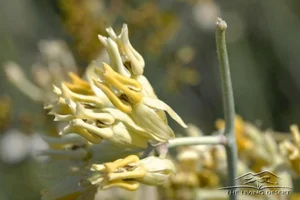
Species Name:Asclepias subulata
Read MoreAsclepiadaceae, Milkweed Family
Southeastern California, southern Nevada, western Arizona, and northern Baja California and Sonora, Mexico
Mainly desert washes, also rocky slopes and plains
Sub-shrub
MacDonald Butterfly Garden, Upper Colorado Garden
The oddly shaped pale yellow flowers provide generous amounts of nectar.
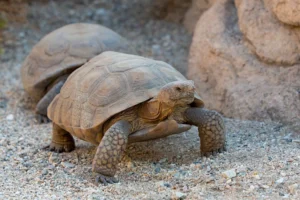
Species Name:Gopherus agassizii
The desert tortoise has roamed the desert’s landscape for tens of thousands of years, escaping scorching temperatures in burrows deep underground. Tortoises can completely withdraw their head and limbs into their…
Read MoreTestudinidae, the tortoise family.
Vulnerable.
North America, Mexico
Dry washes, flats, or hillsides.
These clever reptiles build up most of their fat and water reserves in the spring when the desert is painted with wildflowers, grasses and succulent green plants.
The desert tortoise has roamed the desert’s landscape for tens of thousands of years, escaping scorching temperatures in burrows deep underground.
Tortoises can completely withdraw their head and limbs into their shell, leaving only the horny scales visible to potential predators.
Desert tortoise populations are threatened by raven predation, urbanization, illegal collection for the pet trade, off-highway vehicles, and upper-respiratory tract infections. The Living Desert’s Healthy Desert Education Project, features the Time to Talk Trash campaign, which educates people about how the dramatic rise in raven populations has led to a decrease in tortoise hatchling survival rates.
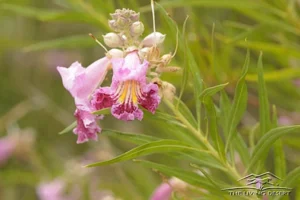
Species Name:Chilopsis linearis
Read MoreBignoniaceae, Bignonia Family
Sonora, Mojave and Chihuahua deserts of southwestern U.S. and northern Mexico to 5,000 feet
Desert washes
Large shrub; medium tree to 30 feet tall by 30 feet wide
Ethnobotanic Garden, Wortz Demonstration Garden, MacDonald Butterfly Garden, Upper Colorado Garden, throughout the grounds
The flowers are pollinated by bees and attractive to hummingbirds. The seeds provide forage for birds such as Gambelâs quail.
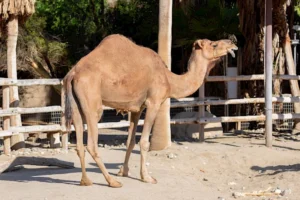
Species Name:Camelus dromedarius
Dromedary camels have a single hump composed of fat, which stores food for times of need and lips that are thickened to allow consumption of thorny plants. They are caramel or…
Read MoreCamelidae; the camel, llama and alpaca family.
Not threatened. Domesticated and widespread.
The Middle East through northern India and the Sahara Desert.
Deserts.
Dromedary camels were introduced to arid regions of central Australia, where some of the only feral populations now persist.
Dromedary camels have a single hump composed of fat, which stores food for times of need and lips that are thickened to allow consumption of thorny plants. They are caramel or sandy brown in color; but can range from almost black to nearly white. Their hair is longer on the throat, shoulder and hump areas. Their left and right legs move in unison, giving them a rolling gait and distributing weight to the soles of their feet rather than the toe tip like other ungulates. Their splayed feet are callused for walking on hot sand, and long eyelashes, bushy eyebrows, sealing nostrils and fur-lined ears protect against sandstorms.
Dromedary Camels can eat a variety of vegetation, including dry, thorny plants, and can drink as much as 30 gallons of water in a short period. They can survive up to 10 months without free water and a water loss exceeding 40 percent of body weight. The fat reserve stored in their hump serves as energy when they go for long periods without food.
Dromedary Camels can mate throughout the year, but peak births coincide with the season of maximum plant growth. They give birth to one offspring after a 13-month gestation.
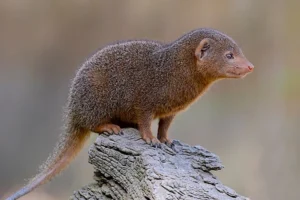
Species Name:Helogale parvula
Dwarf mongoose are the smallest of the 34 mongoose species. They are highly social animals that form packs of 12-30 individuals. Mongoose are very territorial, with an alpha female leading the…
Read MoreHerpestidae
Least Concern
Somalia, Ethiopia, Namibia, Eastern South Africa
Savannas around termite mounds, Woodlands
Although dwarf and banded mongoose are cousins with similar traits, these African animals have unique characteristics all their own.
Dwarf mongoose are the smallest of the 34 mongoose species. They are highly social animals that form packs of 12-30 individuals.
Mongoose are very territorial, with an alpha female leading the pack.
They are omnivores, eating mostly arthropods and small vertebrates and eggs. They forage for food in packs, but each individual catches its own food.

Explore plants from the Horn of Africa and the thorn forests of southwest Madagascar. Acacia, Commiphora, and Boswellia (frankincense) are typical trees found in East Africa and with 150 million years…
Read MoreExplore plants from the Horn of Africa and the thorn forests of southwest Madagascar. Acacia, Commiphora, and Boswellia (frankincense) are typical trees found in East Africa and with 150 million years of separation from Africa, the island of Madagascar has many plant species that occur nowhere else on Earth.
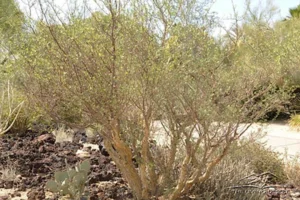
Species Name:Bursera microphylla
Read MoreBurseraceae, Torchwood Family
Southeastern California, southern Arizona, Baja California, west-central Sonora, Mexico
Rocky plains and slopes; Creosote Bush Scrub
Tree, shrub; sarcocaulescent
Vizcaino Garden, Foothills of Sonora Garden, Yuman Garden, Wortz Demonstration Garden, Ethnobotanic Garden
As a member of the Torchwood family, or Burseraceae, which includes the plants that produce the famous Frankincense and Myrrh, the elephant tree also contains highly aromatic sap that has some history of use by man. It is reported that material from Bursera micophylla has been used for fuel, shampoo, medicine and paint.
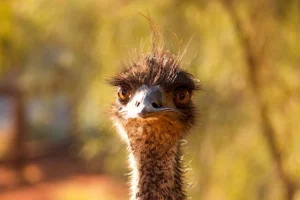
Species Name:Dromaius novaehollandiae
The emu is the second largest bird in the world and a very vocal communicator. It has a unique throat pouch, which allows it to make deep booming, drumming, grunting, and…
Read MoreLeast Conern
Australia, New Guinea, Indonesia
Grassy plains, forests, scrublands
A Bird With Many Hidden Talents
The emu is the second largest bird in the world and a very vocal communicator. It has a unique throat pouch, which allows it to make deep booming, drumming, grunting, and even hissing sounds. Despite their size, emus are excellent swimmers and their strong legs enable them to jump up to 7 feet in the air. While running, an emu’s stride is nearly 9 feet long and they can sprint long distances, reaching speeds of up to 30 miles per hour. Although emus have wings, they are flightless. Their feathers have a unique design, which gives them a hair-like appearance and protects them from the sun.
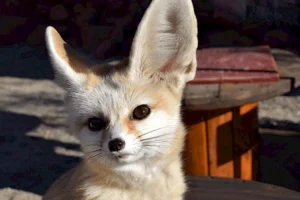
Species Name:Vulpes zerda
Primarily nocturnal, they live in burrows lined with soft material such as feathers and bits of fur. Fennecs are so quick and agile that they seem to disappear vertically when they…
Read MoreCanidae, the dog family.
Least concern, IUCN; not threatened.
The arid regions of North Africa and the Sinai and Arabian Peninsulas.
Primarily sandy areas.
When threatened, they can leap approximately four times their body length from a standing position and burrow rapidly into the sand.
Primarily nocturnal, they live in burrows lined with soft material such as feathers and bits of fur. Fennecs are so quick and agile that they seem to disappear vertically when they dig.
The smallest, palest of all the foxes, fennecs also have the largest ears relative to body size of any canid, plus a bushy, black-tipped tail. Their fur varies from reddish cream to almost white and is very thick to keep them warm on cold nights. They have thick fur between their toes, which helps them to move quickly and quietly on sandy surfaces.
They are omnivorous, eating plant material, small rodents, birds, eggs, lizards and insects such as locusts. They drink water when it is available but can survive for long periods on the moisture obtained from their food.
They are hunted by larger predators such as jackals, wild cats, raptors and man. They often live in small groups of up to 10 burrows. Males and females may pair for several breeding seasons and both parents defend the burrow site, but only the female enters. They breed once a year in January or February with litters of 2-5 young born in March or April.